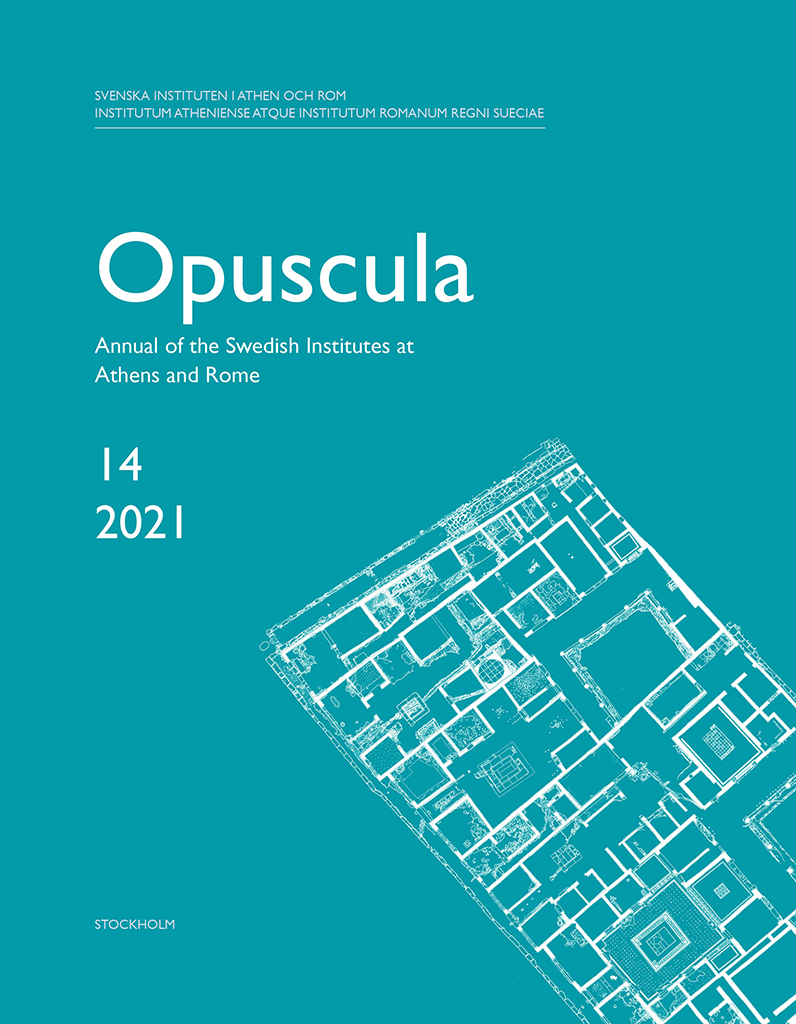Opuscula is published by the Swedish Institutes at Athens and Rome, with the aid of a grant from the Swedish Research Council. Distributed by Eddy.se AB. View journal at ERIH PLUS. All content available with open access. The Turkish harem in the Karyatid Temple and antagonistic narratives on the Athenian Acropolis By J.Z. Van Rookhuijzen (Utrecht University, The Netherlands) Abstract According to received history, the Karyatid Temple on the Acropolis of Athens (commonly known as the “Erechtheion”) was, in the city’s first Ottoman period (1456–1687), converted into a Turkish harem. In this article, I investigate the story by scrutinizing sources from this period. I argue that the notion of the harem, although historically suspect, found fertile ground in an orientalist worldview that has been prevalent among western visitors and scholars. I propose that the tale may have been inspired by the temple’s conspicuous Karyatid statues. I close by considering the story of the harem as part of a phenomenon of “antagonistic narratives” (stories that concern the desecration or destruction of monuments by enemies) in history and archaeology. The article offers new perspectives on later uses of and stories about the Karyatid Temple, on western attitudes towards the presence of Turks…
Opuscula is published by the Swedish Institutes at Athens and Rome, with the aid of a grant from the Swedish Research Council. Distributed by Eddy.se AB. View journal at ERIH PLUS. All content available with open access. Karpophoroi deities and the Attic cult of Ge. Notes on IG II2 4758 By Jenny Wallensten Abstract Karpophoros, fruit-bearing, is an epithet easily considered as “literary”, i.e., a poetic name with little or no relation to cult. The epigraphic sources, however, clearly show us that gods thus named were offered divine worship. The epithet is found in connection with several deities. Goddesses of agriculture, such as Demeter, and Ge, the Earth, naturally carry this name, but so do Zeus, Dionysos and a goddess known as “The Aiolian”, who was sometimes associated with Agrippina. This paper surveys deities known as karpophoroi and examines what their cult entailed. Its focus is, however, on a brief Acropolis inscription, IG II2 4758, where Ge is honoured as Karpophoros, in accordance with an oracle. The case study provides insights into the Attic cult of Ge, the epithet Karpophoros, as well as the use and function of epithets within Greek dedicatory language. Bibliographical information Jenny Wallensten, ‘Karpophoroi deities and…


